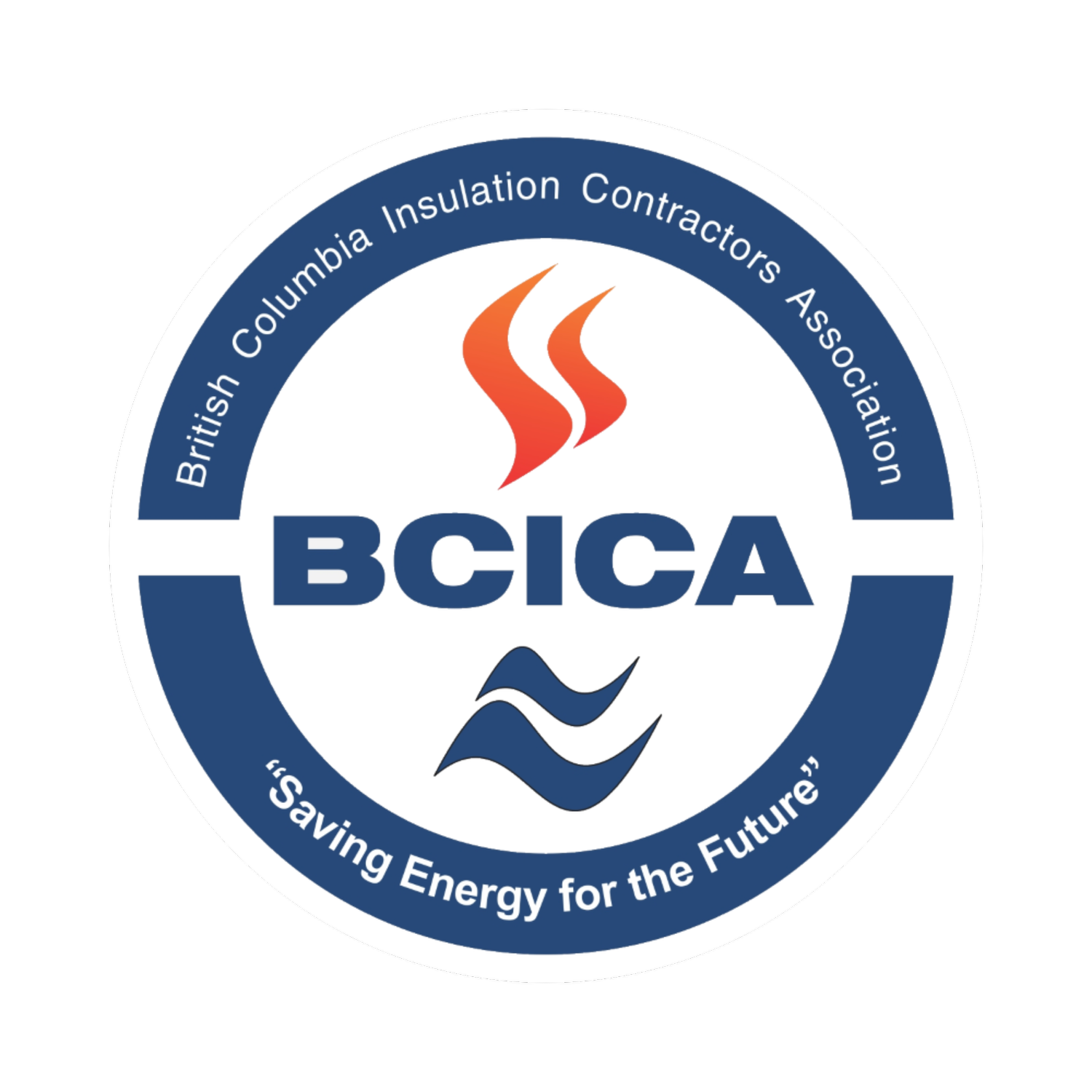Quality Assurance Certificate Program
I recently received a few questions from members about the QAC Program, around its history, its benefits and how it all works. In a nutshell, here are my responses.
History
The QAC Program consists of three components:
Properly trained independent third-party inspectors
Clear and concise specifications
BCICA bylaws that clearly define enforcement of the Program
BCICA has maintained best practices guidelines since the 1950s. These guidelines have been used by the majority of engineering firms in BC. The BCICA Manual (that houses the guidelines) is regularly updated by the BCICA Technical Committee.
Most recently, BCICA recrafted their constitution and bylaws to ensure the QAC requirements were met.
Key revisions included:
Creation of more detailed membership and application criteria (WCB, financials, and ticketed workers)
Requirement for contractors to post a bond to the BCICA
Detailed review / appeal process for QAC violations
Insertion of Code of Conduct provisions
Benefits
Value to the owner / owner representative is to ensure that:
Engineer liability gets spread to the inspectors who carry $2.0M liability coverage.
Properly trained inspectors ensure the work is being done to specification.
Only approved products are being installed by trained workers.
All contractors are bidding to the full scope of the project.
All materials meet industry, performance-based standards.
Value to the BCICA member
All bidders know they must allow for the full scope of work in the specification.
Only BCICA member contractors can bid the work.
Properly trained inspectors see the scope of work the same way the contractors do.
Onsite issues preventing the insulation contractor from doing the work properly are reported by the independent inspector.
Installation issues are immediately brought to the contractor’s attention for quick remedy.
How it all Works
Owner or owner representative (Engineering firm) specifies the project as a QAC job.
Only a BCICA QAC Certified contractor can provide a QAC.
Insulation contractors include the cost of inspection in their tender.
Cost of inspection is based on contract value.
The successful bidder registers the project with BCICA.
BCICA creates a project file and assigns an inspector.
Insulation contractor is invoiced for the inspection.
Inspector contacts the successful contractor to arrange a project review meeting.
Contractor notifies the inspector once the project starts and schedules the first inspection.
Number of inspections will vary based on the value and/or complexity of the project.
Copies of all inspection reports are sent to the BCICA office, the insulation contractor, mechanical contractor and the engineer.
Inspector works with the contractor representative to schedule further inspections as required.
Once all work is completed as specified and a final inspection report submitted, a QAC is sent to the owner by BCICA.
BCICA pays the insulation inspector.
Please send me an email if you have any questions.
Bradley Budden, Executive Director
bbudden@bcica.org

